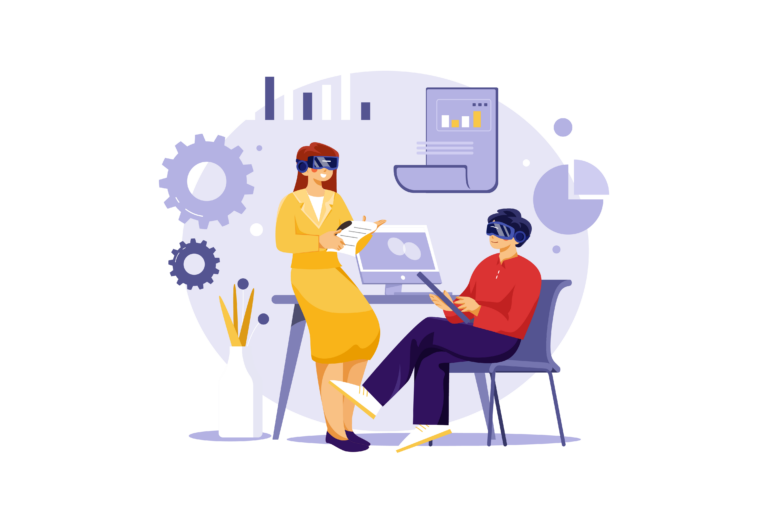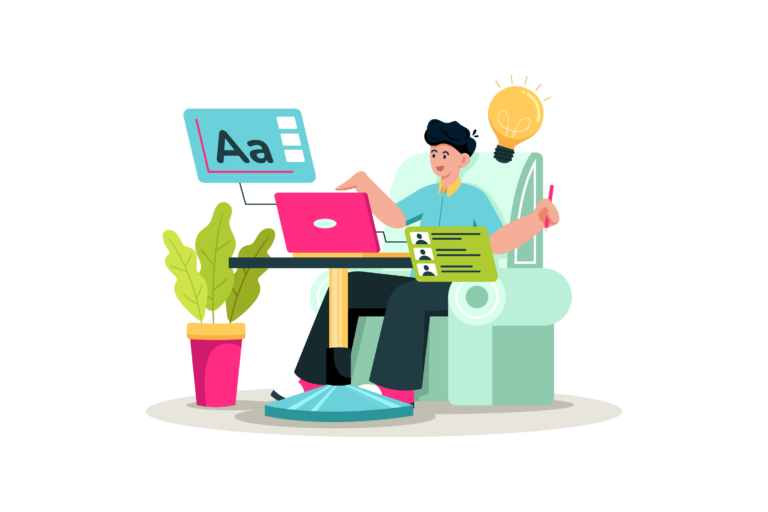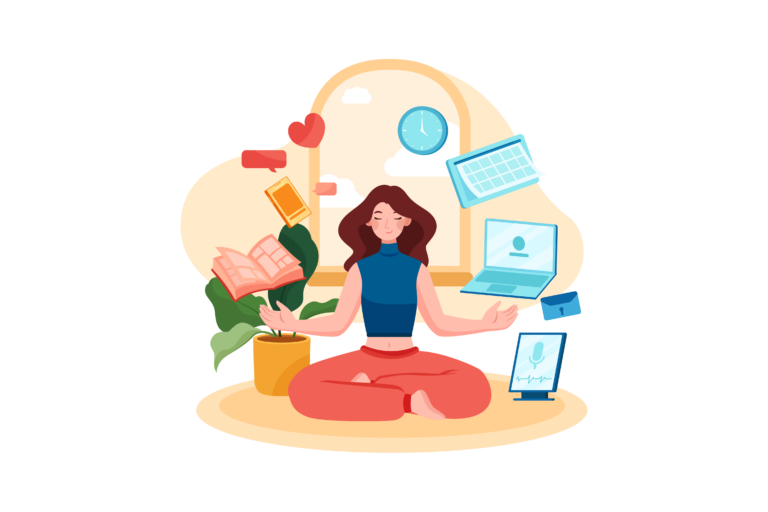Enhancing Digital Literacy for Modern Careers

Technology is an integral part of almost every career today, from office work to creative industries to skilled trades. Even if you’re not in a “tech job,” digital tools shape how we communicate, apply for jobs, manage tasks, and grow professionally.
That’s why digital literacy (the ability to confidently use technology) is no longer optional. It’s an essential skill for building a successful career in today’s workforce.
For job seekers, digital literacy goes beyond knowing how to send an email or type a document. It’s about navigating online job boards, creating a professional presence on various platforms, using collaboration tools such as Zoom or Slack, and staying up to date with evolving digital trends. The stronger your skills, the more doors you can open both in landing the job and thriving once you’re hired.
Why Digital Literacy Matters
Employers increasingly expect candidates to have strong digital skills. In fact, entry-level roles often involve using software, databases, or online communication tools. Without this knowledge, job seekers may find themselves at a disadvantage compared to peers who are comfortable working in digital spaces.
Digital literacy is also about adaptability; because technology evolves quickly, and employers value people who can learn new tools without hesitation. Whether it’s mastering a new project management system or adapting to remote work platforms, being digitally literate makes you more resilient and future-ready. In short, improving your digital skills doesn’t just make you more employable, it helps to boost your confidence in the workplace.
Laying the Foundation: Building Confidence with Technology
Before you can improve your digital skills, it helps to set a strong foundation. Here are a few key steps:
- Start with the basics: Ensure you’re comfortable with core tools like email, word processing, spreadsheets, and search engines. These are still the backbone of many roles.
- Develop a growth mindset: Technology can feel intimidating, but with practice, anyone can learn! Embrace the idea that digital skills can be built step-by-step.
- Stay curious: Explore new tools even if you don’t need them right away; curiosity often leads to valuable discoveries.
- Practice regularly: The more you use digital tools, the more natural they become. Consistency is key.
Practical Strategies: How to Enhance Your Digital Literacy
- Take Advantage of Free Online Learning Platforms
Websites like Coursera, edX, and YouTube offer free tutorials on everything from Microsoft Excel to email to data analysis. Start with beginner-level courses and gradually progress. Even dedicating 20 minutes a day can lead to steady improvement.
- Build Your Professional Online Presence
A polished LinkedIn or other social media profile is almost as important as your resume. Use the platforms to highlight your skills, connect with industry professionals, and follow companies you’re interested in. This not only shows digital fluency but also signals to employers that you understand modern networking.
- Learn Workplace Collaboration Tools
Many jobs require familiarity with platforms like Zoom, Slack, Google Workspace, or Microsoft Teams. Practicing these tools on your own—such as setting up mock meetings or creating shared documents—can give you confidence before you use them in a work setting.
- Stay Updated on Industry-Relevant Tech
Each career field uses different tools. For example, designers may need to learn Adobe Creative Cloud, while marketers often work with website and analytics platforms. Research what’s common in your industry and focus your learning efforts there.
- Practice Digital Safety and Etiquette
Cybersecurity awareness is part of digital literacy. Learn how to recognize phishing scams, use strong passwords, and communicate professionally online. Employers notice when candidates understand how to keep information safe.
Common Challenges and Solutions
Challenge 1: Feeling Overwhelmed by Technology
It’s easy to feel like you’ll never catch up with all the new tools, and we don’t blame you!
A possible solution is to focus on one skill at a time. Break it down into manageable steps instead of trying to master everything at once.
Challenge 2: Limited Access to Resources
Now, we get that not everyone has access to expensive software or equipment.
Instead, you can look for free alternatives such as Google Docs, Canva, and Trello, which all offer powerful tools at no cost. Public libraries also often provide free computer and internet access.
Challenge 3: Lack of Confidence
Some job seekers hesitate to apply for roles because they’re unsure of their digital skills. Overcoming this starts with practice. Even small daily improvements build confidence, and showing a willingness to learn is often just as valuable to employers as mastery.
Resources
- DigitalLearn.org:
A free online hub offering beginner-friendly tutorials on using computers, navigating the internet, and handling basic online tasks. - LinkedIn Learning: platform with thousands of video courses covering business, technology, and creative skills, many of which relate directly to workplace digital literacy.
- Canada’s Digital Literacy Exchange Program:
A Canadian initiative that provides learning opportunities and resources to help individuals strengthen their digital skills. - KES has 4 different computer-related workshops that happen once-or-twice per month! Come join us for FREE digital literacy workshops, including:
Digital literacy is a powerful tool for job seekers! Start small, stay curious, and let your digital skills become one of your strongest career assets.




